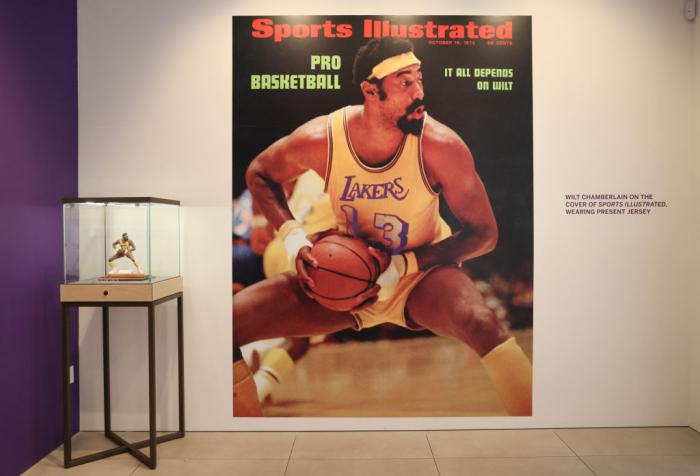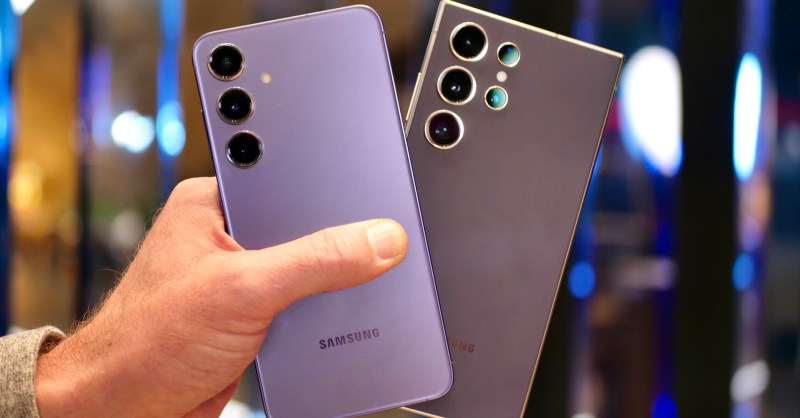Over the past year, numerous layoffs have occurred in the journalism industry. Historically, the dismissal of writers or the closure of entire publications has been a common occurrence over the last decade. However, the recent trend is hard to ignore, with many well-known websites transitioning to AI bots like Chat GPT instead of hiring new talent. Sports Illustrated faced criticism for featuring fake profiles and AI-generated content disguised as human work, coinciding with a significant layoff of its workforce. Similarly, the AV Club has acknowledged using AI for a substantial portion of its content production. The parent company, G/O Media, replaced the entire Spanish-language team of Gizmodo with an error-ridden AI translation system. Notably, Buzzfeed, CNET, and Insider are also utilizing AI extensively.
This emerging reality suggests a future where human creativity and ingenuity are overshadowed by recycled content generated by AI systems that rely on plagiarism and questionable ethics. The lack of genuine support for this shift is evident, except for a few individuals with verified accounts who promoted NFTs before the market collapsed in 2021. The general sentiment among internet readers is not one of admiration for AI-generated content but rather a mocking disdain.
Identifying AI-created articles has become increasingly easy, almost as if they come with a built-in warning signal. Even casual internet users can perceive a distinct shift in tone. While these pieces are abundant in words, they often lack substance. The content reads like a diluted version of information found on Wikipedia, emphasizing the names of individuals involved in a particular subject without delving deeper. Expect an abundance of buzzwords typically associated with clickbait headlines, accompanied by grammatical errors and inaccuracies. The formulaic yet nonsensical nature of AI-generated work is unmistakable, giving off a robotic vibe.
The artificial nature of AI-generated content, devoid of regard for readability or audience engagement, has led many websites to lose their original charm and authenticity. For instance, the AV Club, known for its passionate writers, now resembles technical instructions with occasional references to popular films. As highlighted by Futurism last year, these AI-generated pieces often mimic content from sources like IMDb, lacking depth and originality. The reliance on AI sources for content creation underscores the profit-driven motives behind these decisions, focusing on ad revenue and SEO strategies rather than genuine reader satisfaction.
It is evident that AI content primarily serves the interests of CEOs rather than the audience or writers, reflecting a shift towards commodifying creativity for financial gain. The acquisition of media companies like G/O Media by conglomerates does not prioritize the preservation of cultural journalism but rather exploits existing archives and search visibility for profit. This approach devalues the creative process and diminishes the significance of authentic human expression in favor of automated content production.
The proliferation of AI-generated content not only compromises readability but also undermines the value of original thought and creative labor. Deciphering meaningful insights from AI-generated pieces, particularly those produced by Chat GPT, can be a frustrating experience. The prevalence of plagiarism and lack of substantial ideas in AI content reflects a broader trend of devaluing creators and their contributions.
The notion that AI art democratizes creativity is misleading and evasive, serving as an excuse for avoiding genuine artistic effort. True democratization of creativity involves advocating for fair wages, supporting unions, and promoting diversity in newsrooms. Instead of relying on AI to replace human creativity, a more equitable approach would involve investing in education and prioritizing cultural enrichment over profit-driven motives.
In essence, the rise of AI in content creation symbolizes a systemic imbalance where the wealthy exploit technology to enhance their profits at the expense of genuine artistic expression and human labor. This trend not only perpetuates inequality but also homogenizes content production, resulting in a surplus of indistinguishable and uninspiring material across various online platforms.









